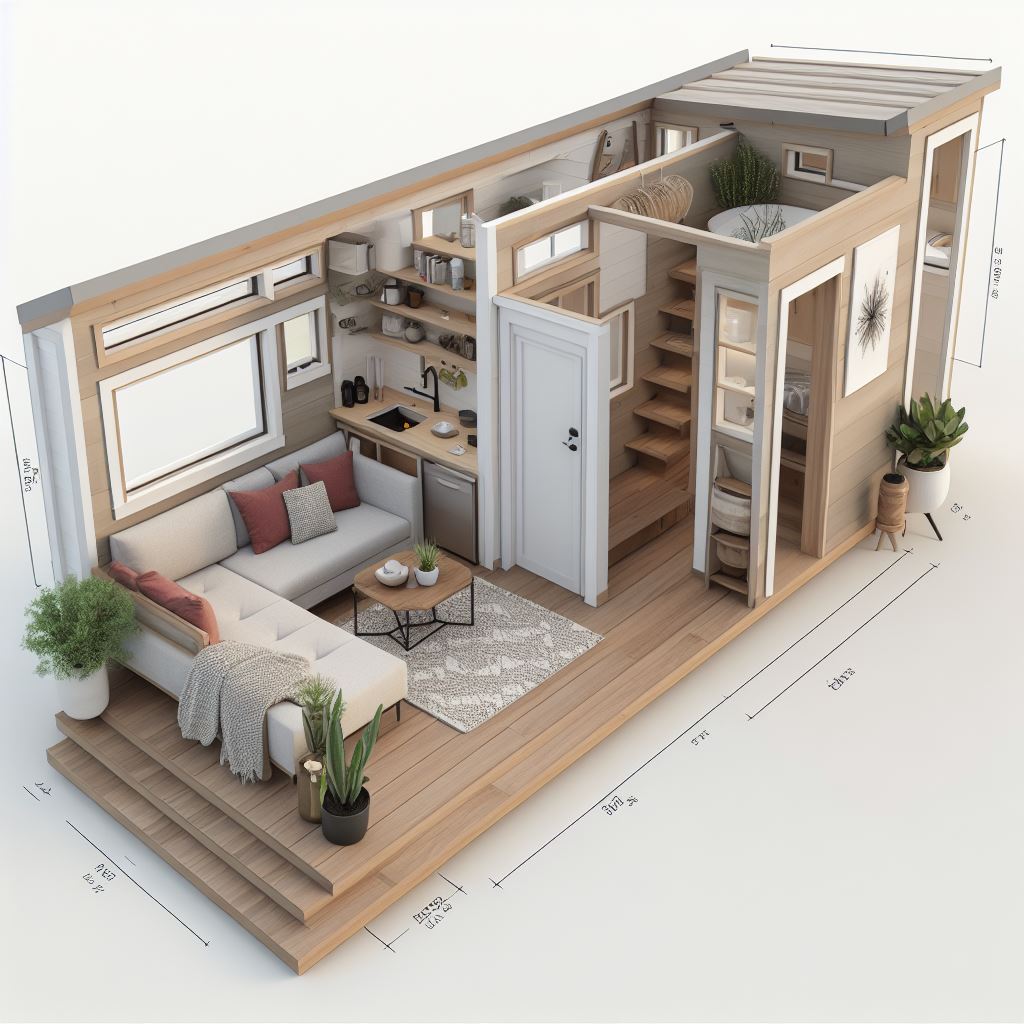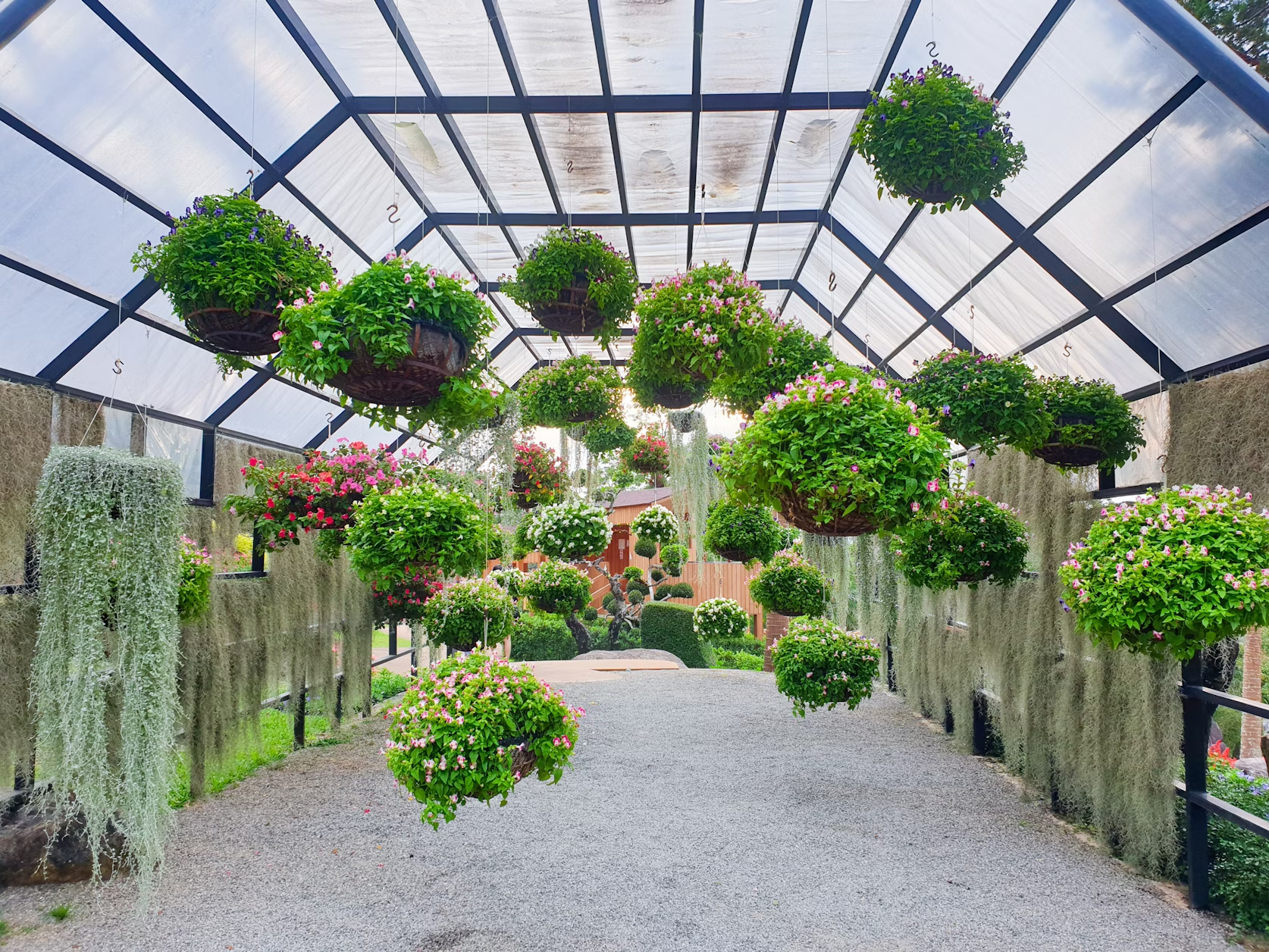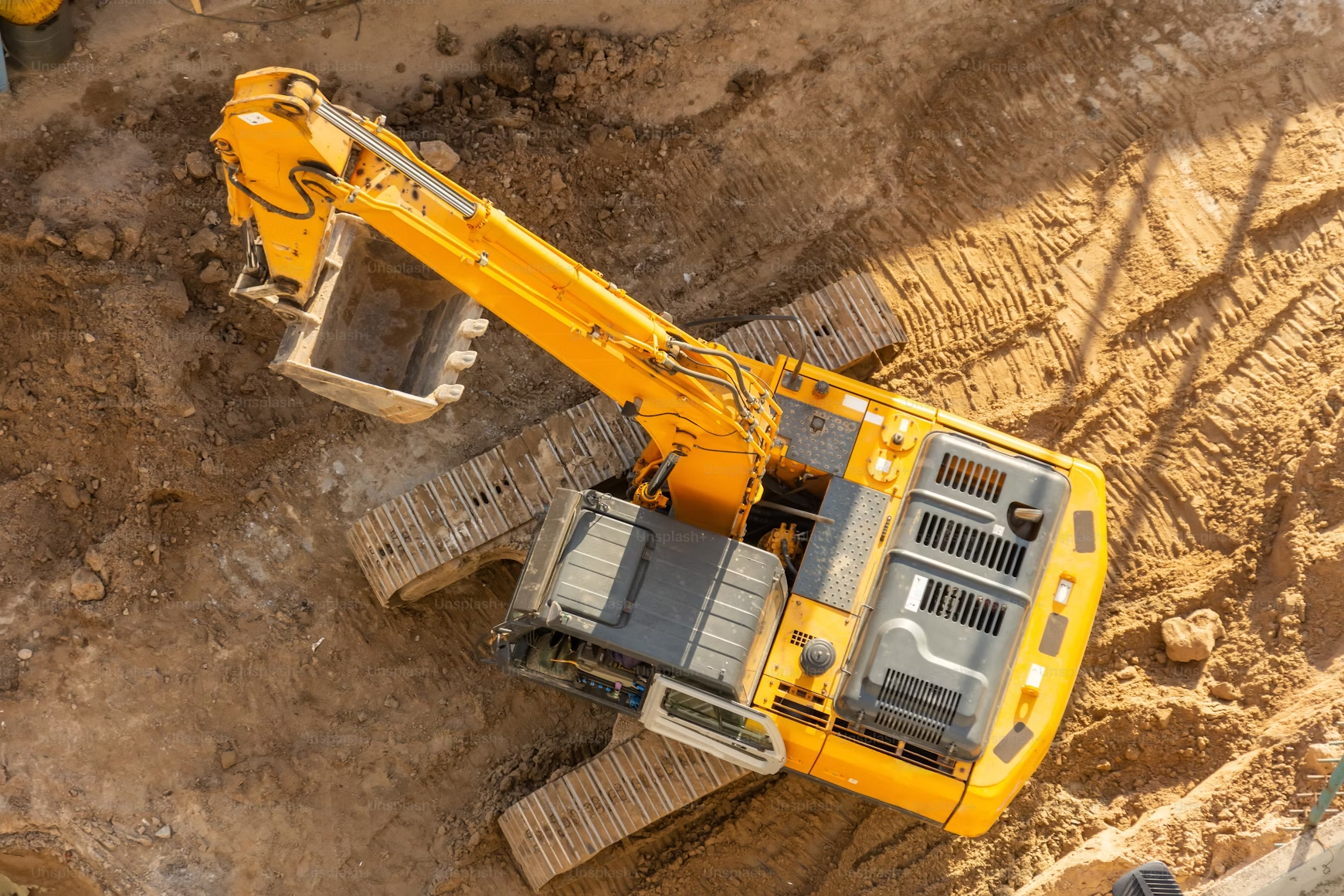Can you live full time in a tiny house?
Table of Contents
Tiny house living has become a popular trend in recent years, as more and more people are seeking a simpler and more sustainable way of life. The concept of living in a tiny house is based on the idea of downsizing and minimizing one’s possessions in order to live in a smaller, more efficient space. This lifestyle choice offers numerous benefits, including financial freedom, a simplified lifestyle, and reduced environmental impact. However, it also comes with its own set of challenges, such as limited space and zoning restrictions. In this article, we will explore the concept of tiny house living in detail, including different types of tiny houses, space-saving strategies, the benefits and challenges of living in a tiny house, designing a functional and comfortable tiny home, finding the right location, legal considerations, living sustainably, and tips for adjusting to full-time tiny house living.
Key Takeaways
- Tiny house living offers a simpler, more affordable lifestyle with less clutter and more freedom.
- A tiny house is typically less than 400 square feet and designed to maximize space and functionality.
- Space-saving strategies for tiny living include multi-functional furniture, vertical storage, and minimalist decor.
- Benefits of living in a tiny house include lower expenses, reduced environmental impact, and more time for hobbies and travel.
- Challenges of living in a tiny house include limited storage, privacy concerns, and zoning and legal restrictions.
Understanding the concept of a tiny house
A. Definition of a tiny house
A tiny house is typically defined as a residential structure that is smaller than the average home, usually ranging from 100 to 400 square feet in size. These homes are designed to maximize space and efficiency, often incorporating multi-functional furniture and creative storage solutions. While the size may vary, the key characteristic of a tiny house is its focus on minimalism and simplicity.
B. Different types of tiny houses
There are several different types of tiny houses to choose from, depending on your needs and preferences. Some popular options include:
1. Tiny houses on wheels: These are mobile homes that can be towed behind a vehicle. They offer the flexibility to travel and explore different locations while still having a place to call home.
2. Small cottages or cabins: These are stationary structures that are typically built on a foundation. They offer a more permanent living solution and can be customized to fit your specific needs.
3. Shipping container homes: These are homes that are constructed using repurposed shipping containers. They offer a unique and modern aesthetic, as well as the benefit of being eco-friendly.
Space-saving strategies for tiny living
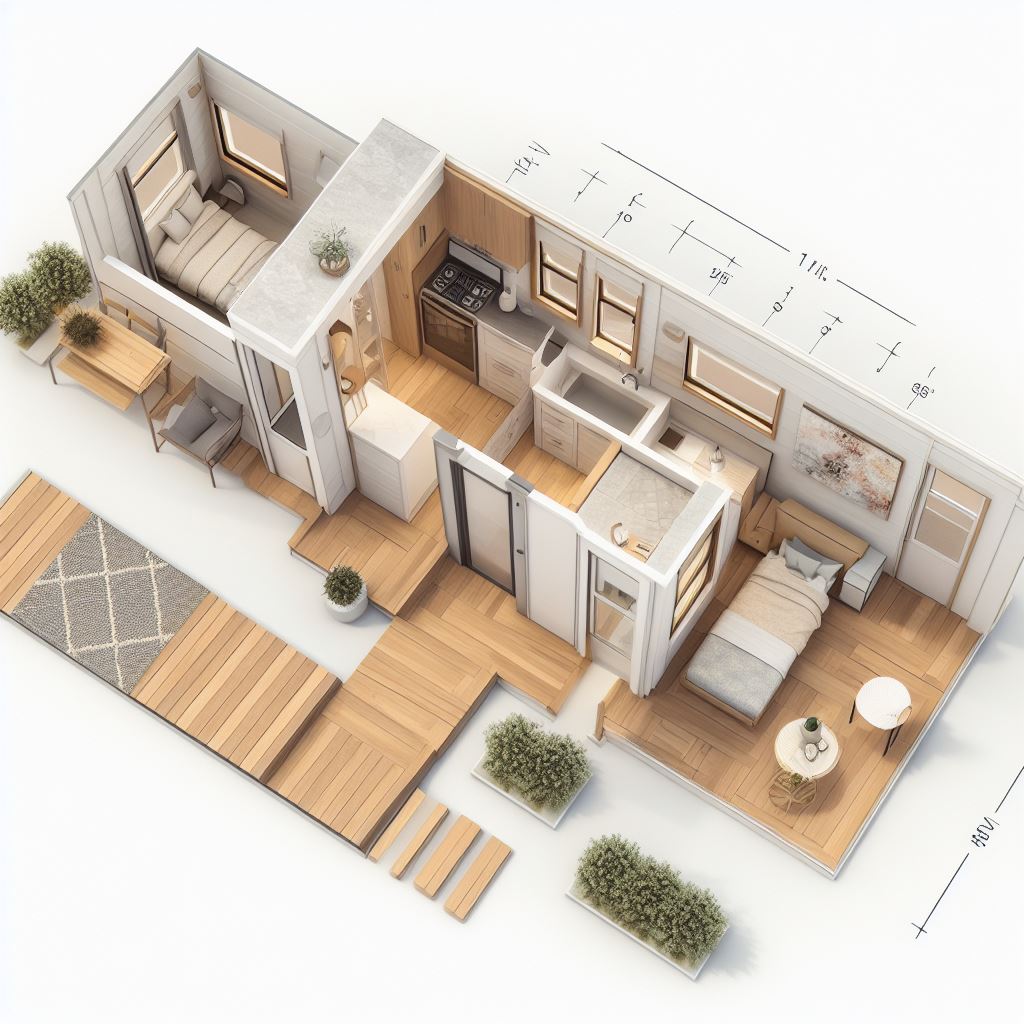
A. Multi-functional furniture
One of the key strategies for maximizing space in a tiny house is to invest in multi-functional furniture. This includes items such as sofa beds, folding tables, and storage ottomans. These pieces of furniture serve multiple purposes, allowing you to make the most of your limited space.
B. Creative storage solutions
In a tiny house, every inch of space counts. Therefore, it is important to get creative with your storage solutions. This can include utilizing vertical space with shelves and hooks, using under-bed storage containers, and installing built-in cabinets and drawers.
C. Maximizing vertical space
In addition to utilizing creative storage solutions, it is also important to maximize vertical space in a tiny house. This can be done by installing tall bookshelves, using hanging organizers, and utilizing loft spaces for sleeping or storage.
The benefits of living in a tiny house
A. Financial freedom
One of the biggest benefits of living in a tiny house is the financial freedom it offers. Tiny houses are significantly cheaper to build and maintain compared to traditional homes. They require less materials and energy to construct, resulting in lower costs. Additionally, living in a smaller space means lower utility bills and less money spent on furniture and home decor.
B. Simplified lifestyle
Living in a tiny house forces you to simplify your life and prioritize what is truly important to you. With limited space, you are forced to declutter and get rid of unnecessary possessions. This can lead to a more organized and stress-free living environment.
C. Environmental sustainability
Tiny houses are inherently more sustainable than traditional homes due to their smaller size and reduced energy consumption. They require less materials to build and less energy to heat and cool. Additionally, many tiny house owners choose to incorporate sustainable features such as solar panels and composting toilets, further reducing their environmental impact.
The challenges of living in a tiny house
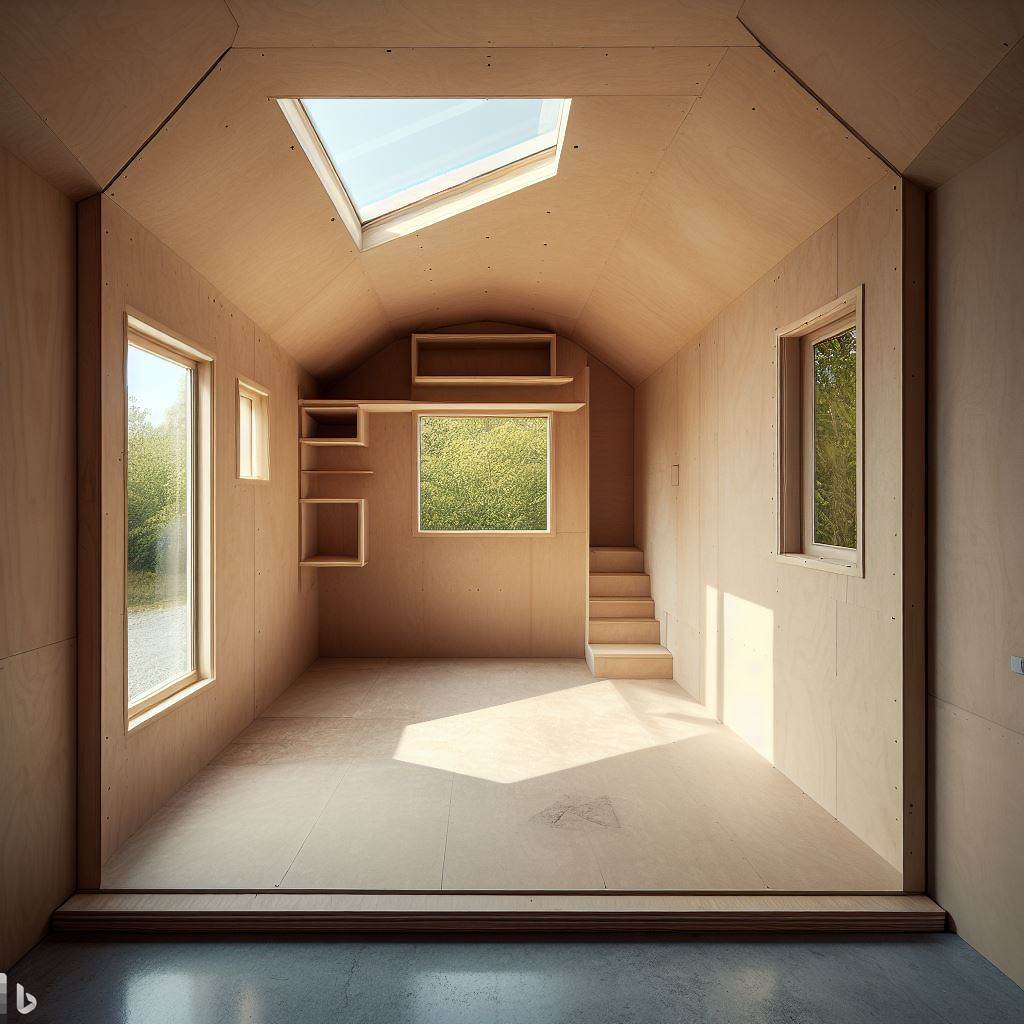
A. Limited space
The most obvious challenge of living in a tiny house is the limited space. This can make it difficult to entertain guests or have enough storage for all of your belongings. It requires careful planning and organization to make the most of the available space.
B. Lack of privacy
In a tiny house, there is often little to no separation between living spaces. This can make it challenging to find privacy and alone time, especially if you are living with others. It requires open communication and a willingness to compromise in order to maintain a healthy living environment.
C. Zoning and legal issues
Another challenge of living in a tiny house is navigating zoning and legal issues. Many areas have strict regulations regarding the size and location of homes, which can make it difficult to find a suitable place to park or build a tiny house. It is important to research local laws and regulations before embarking on your tiny house journey.
Designing a functional and comfortable tiny home
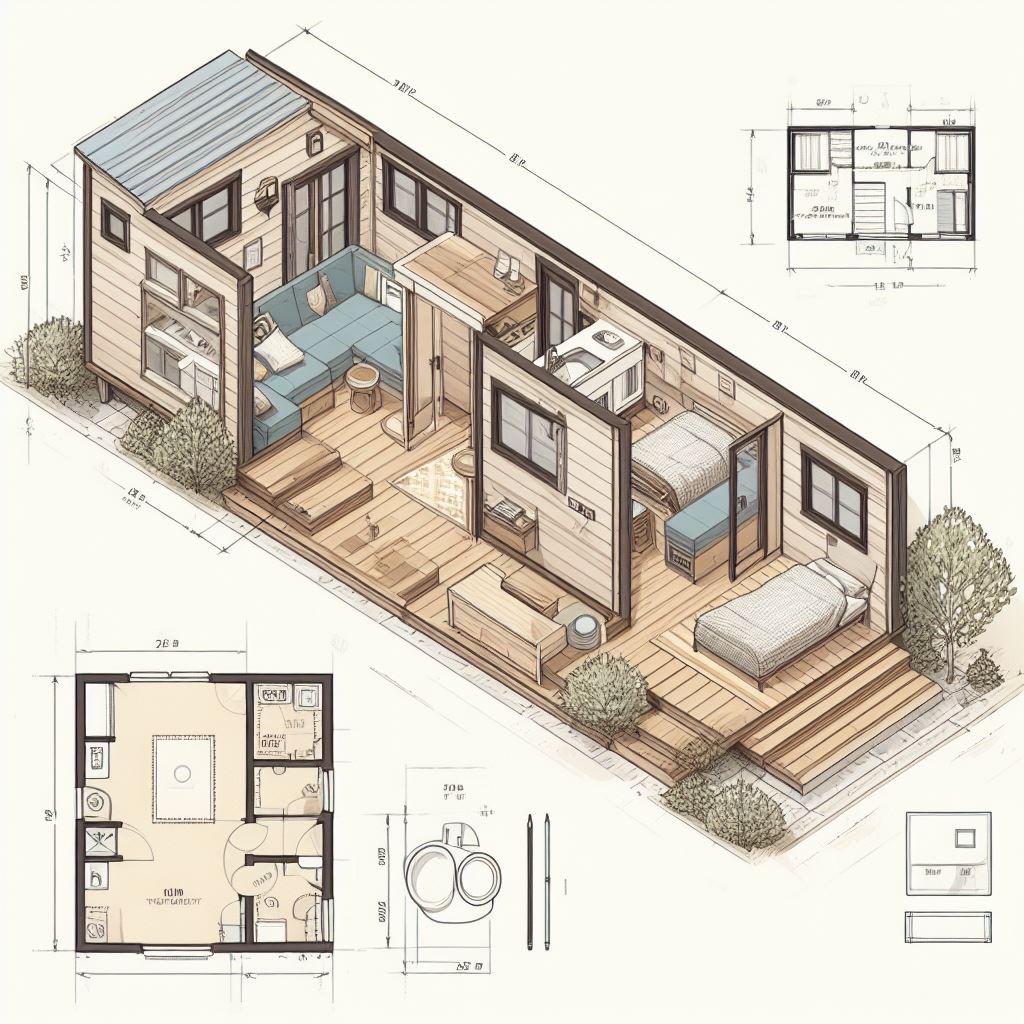
A. Prioritizing needs vs. wants
When designing a tiny home, it is important to prioritize your needs over your wants. This means focusing on the essentials and eliminating unnecessary features or amenities. Consider what is most important to you in terms of functionality and comfort, and design your space accordingly.
B. Utilizing natural light
In a small space, natural light can make a big difference in terms of the overall feel and ambiance. Incorporate large windows and skylights into your design to maximize natural light and create an open and airy atmosphere.
C. Incorporating personal style
Just because you are living in a small space doesn’t mean you have to sacrifice style. Incorporate your personal style into your tiny home by choosing colors, materials, and decor that reflect your personality. This will help create a space that feels like home.
Finding the right location for your tiny house
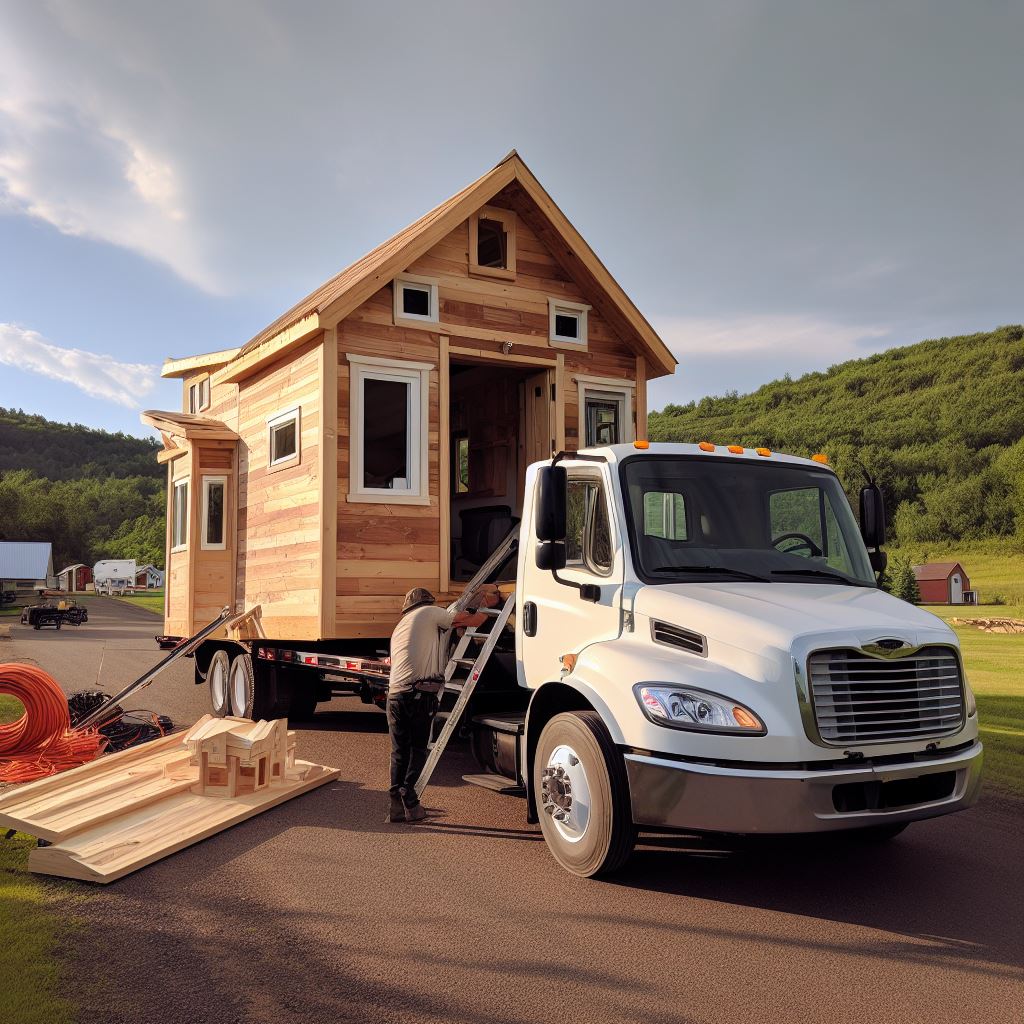
A. Zoning laws and regulations
Before settling on a location for your tiny house, it is important to research local zoning laws and regulations. Some areas have specific restrictions on the size and type of homes that are allowed, which can impact where you can park or build your tiny house.
B. Access to utilities
Another important factor to consider when choosing a location for your tiny house is access to utilities. Make sure you have access to water, electricity, and sewage services, or have a plan in place for alternative options such as rainwater collection or composting toilets.
C. Community and social factors
Finally, consider the community and social factors of the location you are considering. Are there like-minded individuals or communities nearby? Is there access to amenities such as grocery stores, healthcare facilities, and recreational activities? These factors can greatly impact your overall quality of life in a tiny house.
Legal considerations for tiny house living
A. Building codes and permits
When building or parking a tiny house, it is important to comply with local building codes and obtain any necessary permits. This ensures that your home is safe and meets all necessary requirements.
B. Insurance and liability
Another legal consideration for tiny house living is insurance and liability. It is important to have proper insurance coverage for your tiny house, as well as liability coverage in case of accidents or injuries that may occur on your property.
C. Parking and transportation
If you plan on parking your tiny house on wheels, it is important to research local parking regulations and restrictions. Some areas have specific rules regarding where you can park a tiny house, which can impact your ability to find a suitable location.
Living sustainably in a tiny home
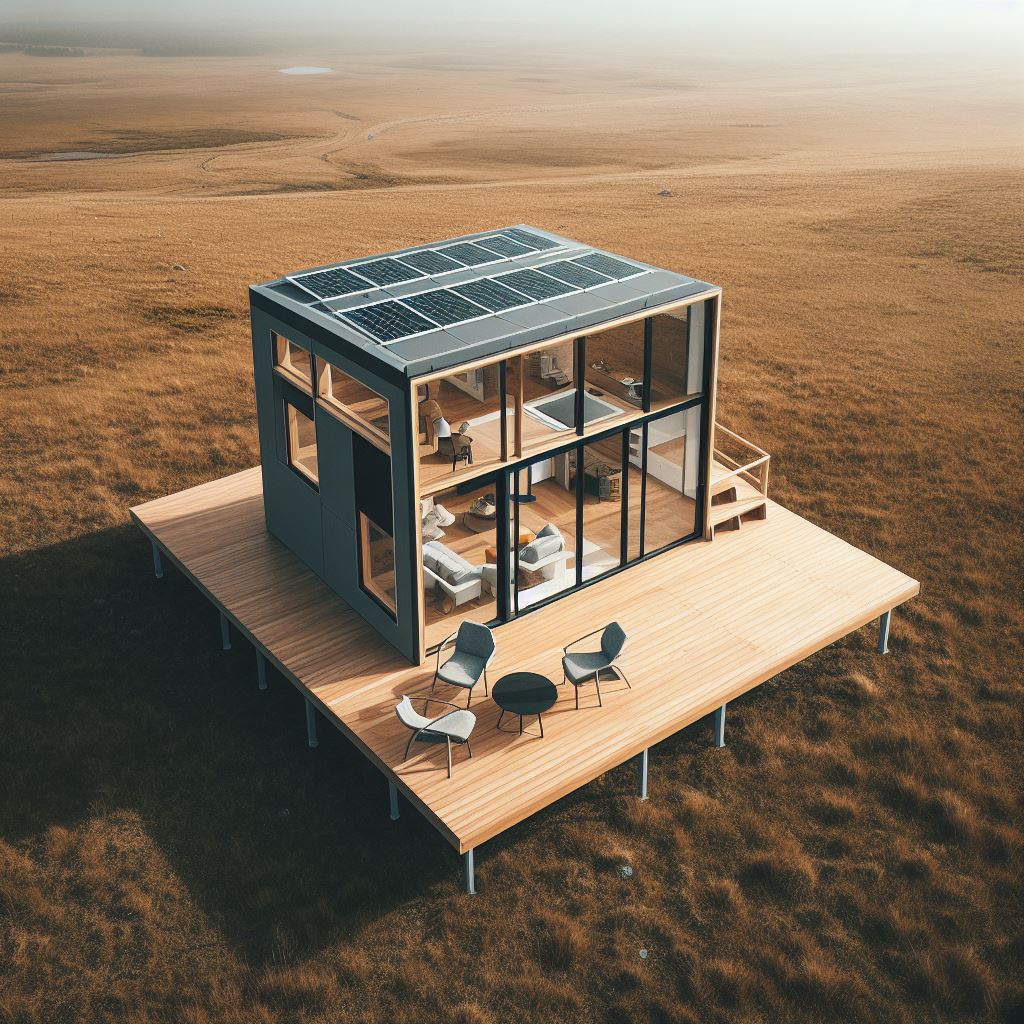
A. Energy-efficient appliances
One of the key ways to live sustainably in a tiny home is to invest in energy-efficient appliances. This includes items such as LED light bulbs, low-flow faucets and showerheads, and energy-efficient heating and cooling systems. These appliances use less energy, resulting in lower utility bills and reduced environmental impact.
B. Composting and recycling
Another way to live sustainably in a tiny home is to incorporate composting and recycling into your daily routine. Composting food waste reduces the amount of waste sent to landfills and creates nutrient-rich soil for gardening. Recycling helps reduce the demand for new materials and conserves resources.
C. Off-grid living options
For those looking to live off-grid, there are several options available for generating your own power and water. This can include installing solar panels, using rainwater collection systems, and utilizing composting toilets. These off-grid options allow you to live independently and reduce your reliance on traditional utilities.
Tips for adjusting to full-time tiny house living
A. Downsizing and decluttering
One of the biggest adjustments when transitioning to full-time tiny house living is downsizing and decluttering. It requires letting go of unnecessary possessions and only keeping what is truly essential. This can be a challenging process, but it is necessary in order to make the most of your limited space.
B. Establishing routines and habits
Living in a tiny house requires establishing routines and habits that maximize efficiency and organization. This can include things like meal planning, cleaning schedules, and designated storage spaces for specific items. By establishing these routines, you can maintain a sense of order and minimize stress.
C. Embracing a minimalist lifestyle
Finally, adjusting to full-time tiny house living requires embracing a minimalist lifestyle. This means focusing on experiences rather than material possessions, prioritizing quality over quantity, and being intentional with your purchases. By embracing minimalism, you can fully enjoy the benefits of tiny house living.
Conclusion and final thoughts on tiny house living

In conclusion, tiny house living offers a unique and sustainable way of life. While it comes with its own set of challenges, such as limited space and zoning restrictions, the benefits far outweigh the drawbacks. By utilizing space-saving strategies, designing a functional and comfortable home, finding the right location, and embracing a minimalist lifestyle, you can fully enjoy the benefits of tiny house living. Whether you are looking for financial freedom, a simplified lifestyle, or reduced environmental impact, tiny house living offers a viable solution for those seeking a more intentional and sustainable way of life.
If you’re considering living full time in a tiny house, you may also be interested in learning about the benefits of new windows for energy efficiency and cost savings. Phillips Industries offers a helpful article on how new windows can save both energy and money. Upgrading your windows can make a significant difference in the comfort and sustainability of your tiny home. To find out more, check out their article New Windows Installation. Additionally, if you’re planning to build or renovate your tiny house, it’s essential to know what to consider before demolition. Phillips Industries provides valuable insights and tips in their article Demolition Contractor in Texas. Lastly, if you’re looking for professional fence installation services to enhance the privacy and security of your tiny house, Phillips Industries has got you covered. Learn more about their professional fence installation services Fence Contractor in Texas.
FAQs

What is a tiny house?
A tiny house is a small, compact living space that is typically less than 400 square feet in size. It is designed to be a minimalist living space that is both affordable and environmentally friendly.
Can you live full time in a tiny house?
Yes, you can live full time in a tiny house. Many people have chosen to downsize and live in a tiny house as a way to simplify their lives and reduce their environmental impact. However, it is important to note that living in a tiny house requires a significant lifestyle change and may not be suitable for everyone.
What are the benefits of living in a tiny house?
The benefits of living in a tiny house include lower living expenses, reduced environmental impact, and a simpler lifestyle. Tiny houses are also often mobile, which allows for greater flexibility and the ability to travel and explore new places.
What are the challenges of living in a tiny house?
The challenges of living in a tiny house include limited living space, lack of storage, and the need to downsize and simplify possessions. Additionally, zoning laws and building codes may limit where you can park or build a tiny house, which can make finding a suitable location difficult.
How much does it cost to build a tiny house?
The cost of building a tiny house can vary widely depending on the size, materials, and level of customization. On average, a DIY tiny house can cost between $10,000 and $30,000, while a professionally built tiny house can cost upwards of $50,000.
Do you need a special license or permit to live in a tiny house?
The regulations surrounding tiny houses vary by state and municipality. In some areas, you may need a special permit or license to live in a tiny house, while in others, it may be considered an accessory dwelling unit and subject to the same regulations as a traditional home. It is important to research the local regulations before deciding to live in a tiny house.
Visit Our Other Services Water Pond Builder in Texas | Building Pad Contractor in Texas | Concrete Pads | Road Repair Services in Texas Custom Patio Builder in Texas
Page Design by; Website Design and Marketing Near Me


